The Story Of Dr. Anne Savage And The Nearly Extinct Monkey She Is Saving
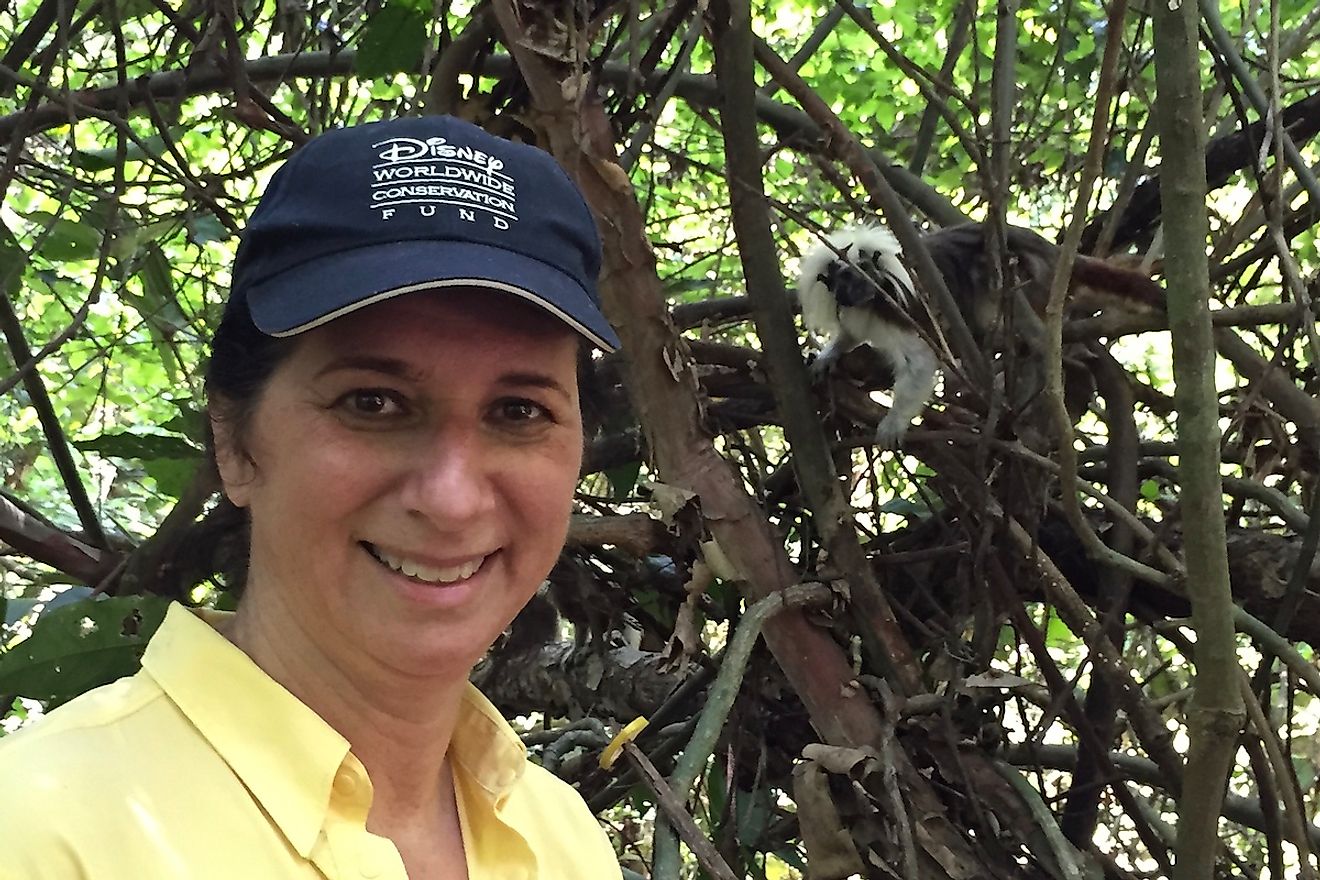
Many of us have often asked a question - how can we, as an individual, contribute to the betterment of the environment or save wildlife? This article is the story of an individual who answers this question through her exceptional work in saving a species that most would have given up hope on. It is the story of Dr. Anne Savage and the critically endangered cotton-top tamarin that she is striving to bring back from the brink of extinction. World Atlas is privileged to have interviewed Dr. Savage to learn about her inspirational work in saving one of the world’s most threatened primates, an animal tagged by BBC as the “primate with the funkiest hair in the animal kingdom.”
Former Conservation Director for Disney’s Animals, Science and Environment at Walt Disney Parks and Resorts and an accomplished conservation biologist, Dr. Anne Savage is best known for her work in protecting the highly-threatened cotton-tops of Colombia, a primate species with an estimated population of around 7,000 individuals. Currently, Dr. Savage is the Executive Director of Proyecto Tití, Inc, a non-profit dedicated to conserving cotton-tops in Colombia. She is also the founder of Proyecto Tití. Her story is an inspiration to those seeking to make a change in the world of conservation.
Here is the story of Dr. Anne Savage and the cotton-top tamarins of Colombia:
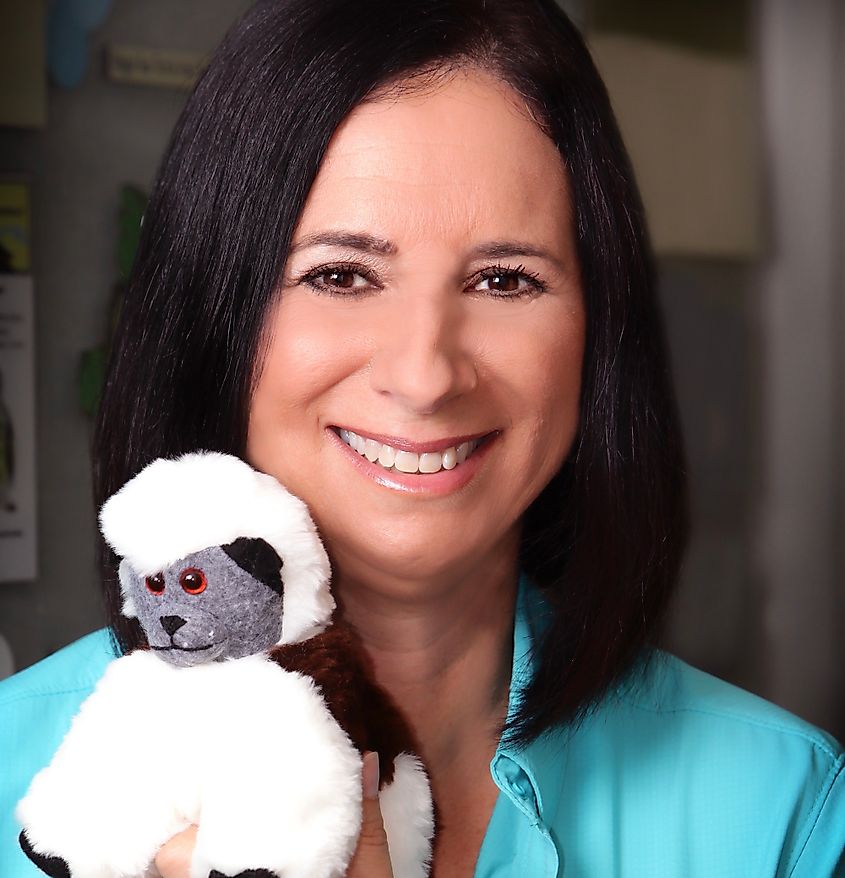
How was Dr. Savage as a child? What was your relationship with animals back then?
I have always adored animals. As a child, I spent a lot of time outside and had a variety of pets and enjoyed spending weekends at a farm owned by my family. My imagination was quite vivid. I would imagine that my stuffed animals that were in my bedroom would come to life while I slept. As a young girl, I always looked forward to spring as that meant that Wisconsin was ready to welcome its robins. I would spend long hours observing these birds around my home. However, back then, I had hardly heard about the field of conservation biology but I was interested in a career that would involve helping people.
At the age of 19, you were first introduced to the cotton-top tamarins by Dr. Charles Snowdon. What were your first thoughts on seeing the tiny monkeys?
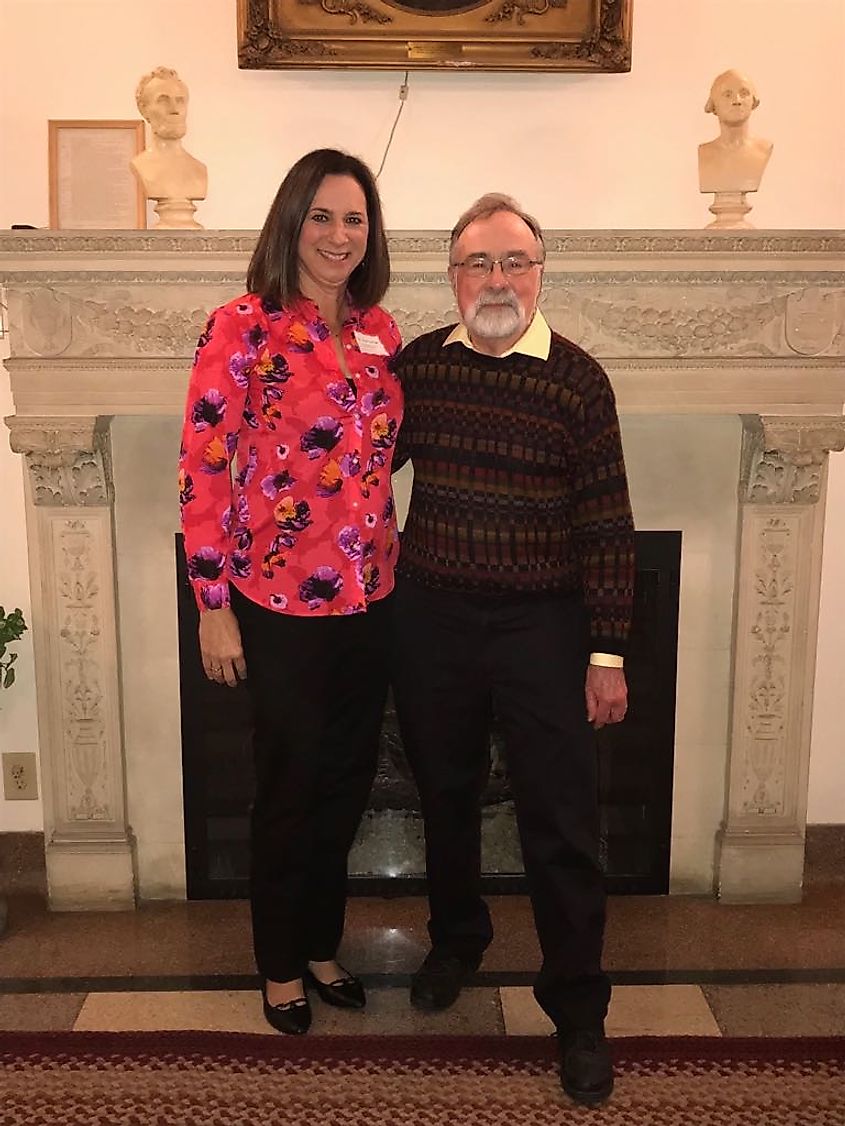
I clearly remember that day when Dr. Charles Snowdon opened the door and I saw the cotton-top tamarins for the very first time. I was in awe! They were as tiny as a squirrel and remarkably vocal. Their chirps and whistles sounded like those made by birds. Yet, they are primates! And the shock of white hair on their head simply delighted me. It is their hair that gives them another name - the Franz Liszt monkey after the Hungarian composer Franz Liszt who also had a wild head of untamed white hair. Understandingly, I could not wait to learn more about the fascinating cotton tops!
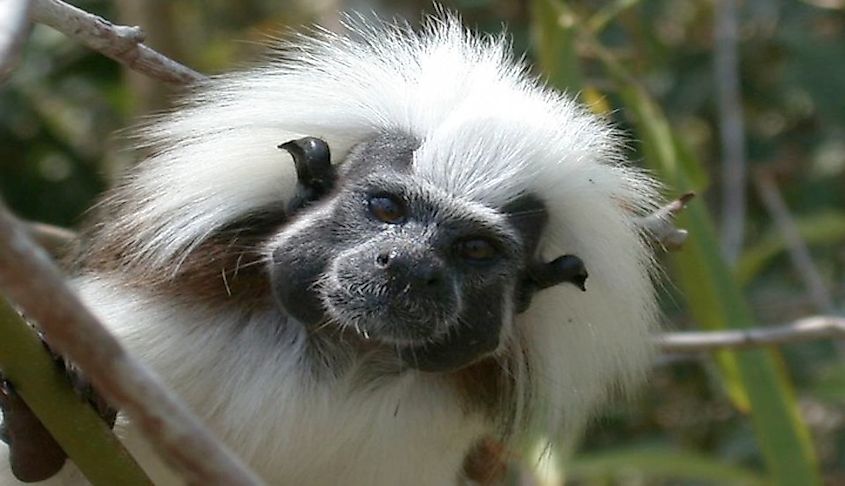
Please tell us something about your first major achievement in the field of primate research.
During my undergraduate studies, I embarked on a very interesting project under the expert guidance of Dr. Snowdon. I studied the cognitive functioning of a pair of orangutan twins living in the Milwaukee Zoo. Born on Halloween, they were aptly named “Trick” and “Treat.” My experiments showed that while male, Trick learned things quickly, Treat the female was an extremely slow learner. Birth records indicated that Treat suffered from hypoxia at birth. With the kind help of Dr. Snowdon, I wrote and published a scientific paper related to my findings. Twin orangutans are extremely rare, and this study documents, quite possibly, the only twin orangutan suffering from cognitive deficiencies in the scientific literature today. My work was recognized by the American Society of Primatologists and I was awarded the best student paper as an undergraduate while competing with Ph.D. students.
As you continued working in the lab of Dr. Snowdon to understand the reproductive biology of the cotton tops, what interested you most about these creatures that strengthened your resolve to protect them?
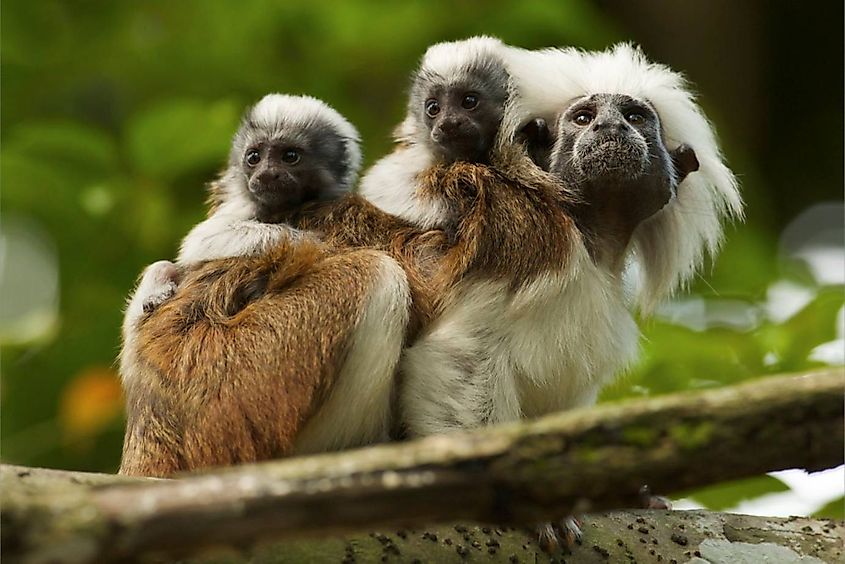
The more I learned about the cotton tops, the more compelled I felt to do something to help this critically endangered species survive. Their social behavior is fascinating to study. They have a complex society where much of their behavior (parental care, food choice, vocalizations) is learned. How animals maintained their pair bond and how all family members participated in raising the infants born into the groups was so interesting to watch. I began to realize that I had a greater responsibility to fulfill in addition to conducting scientific studies on the cotton-top tamarins. If I wanted to help save this species from extinction, I had to actively engage in conserving the species in the wild.
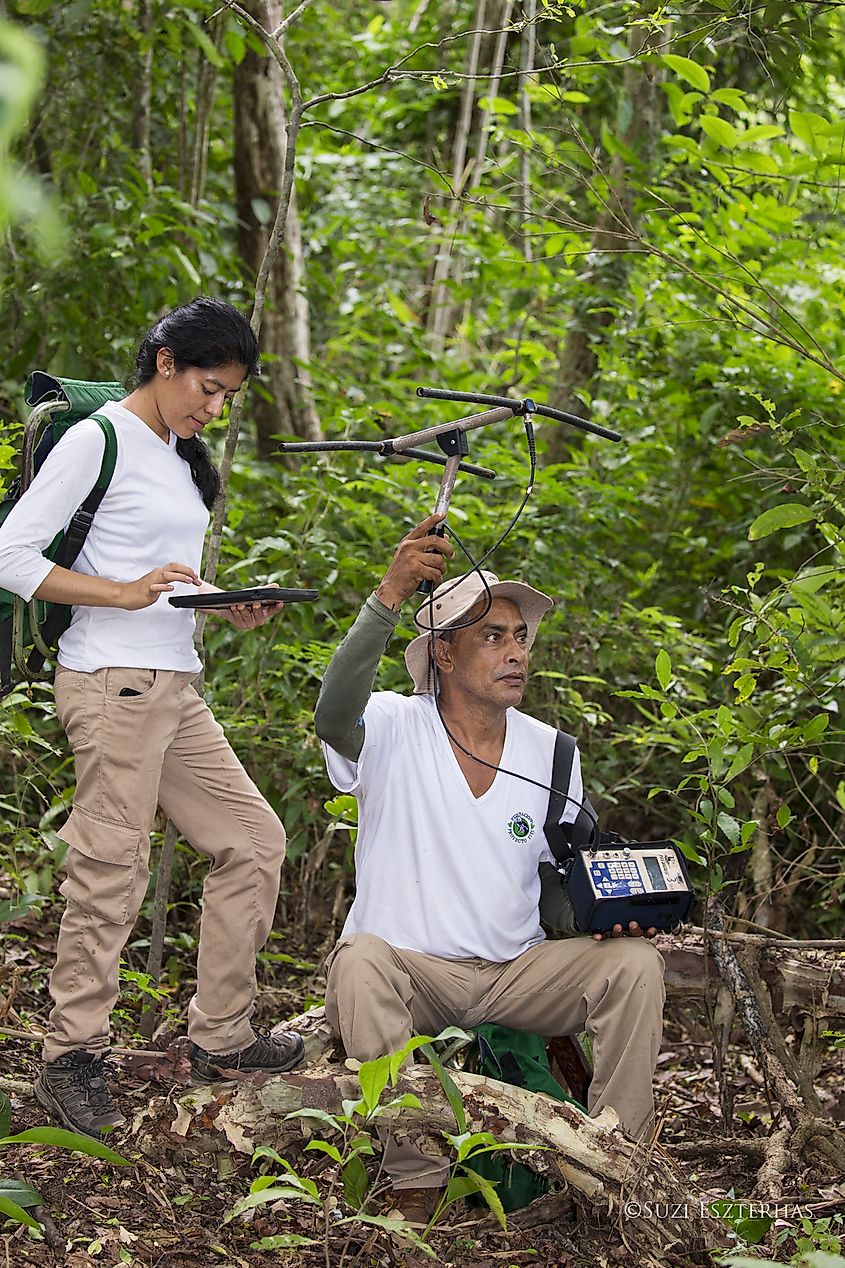
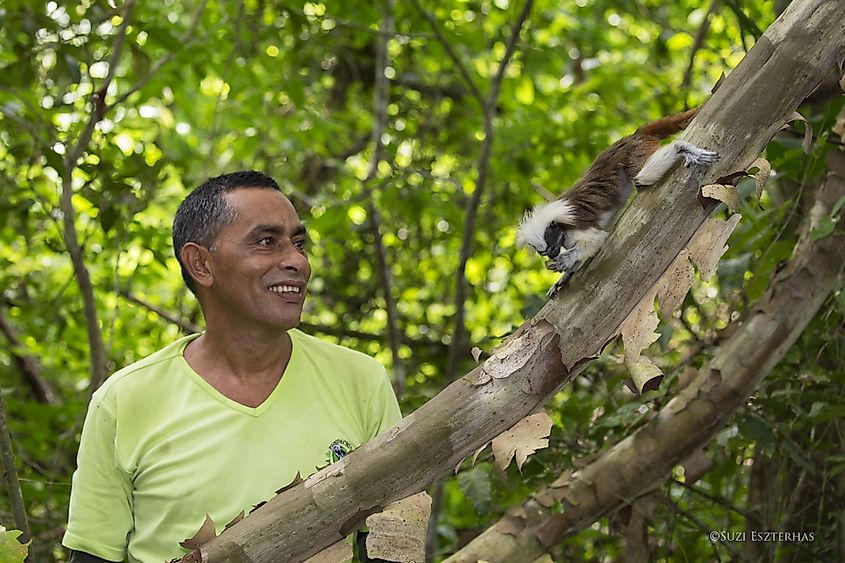
With this resolve in mind, Dr. Savage (then a Ph.D. student), set out on a challenging mission to conserve the wild cotton-top tamarins in Colombia. In 1987, she founded Proyecto Tití, a conservation program designed to protect the species and its forest habitat in Colombia. Dr. Savage and Felix Medina, her field assistant, spent long hours studying wild cotton-tops at INDERENA’s primate field station in Colosó serving as their research base. Garnering funds from the National Geographic Society, World Wildlife Fund, Conservation International, National Science Foundation, and zoos around the world, Dr. Savage expanded her team by recruiting trained field biologists and assistants and soon was running a highly effective cotton-top tamarin conservation program. Dr. Savage shares some of her experiences from her field research days with World Atlas.
Were there any surprises waiting for you once you started working with wild cotton-tops in Colombia? Were they any different from those in managed care?
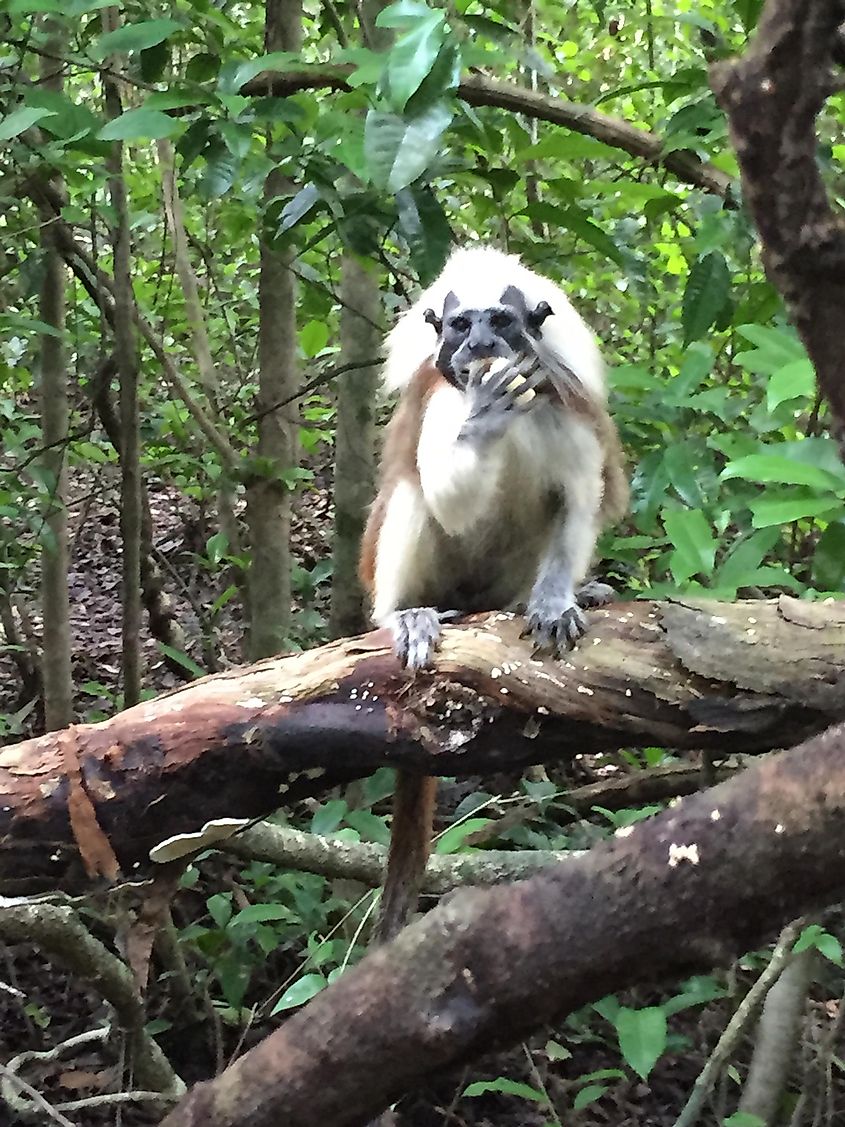
I noticed several differences between the wild members of the species and those in managed care. Some of the most notable ones are listed below:
- Cotton-tops are seasonal breeders in the wild, with the majority of births occurring between April-July. In managed care, cotton-tops can give birth every 28 weeks.
- The lifespan and reproductive tenure of a cotton-top in the wild are shorter than what we have observed in managed care.
- Cotton-top tamarins eat a wide variety of fruits, insects, and sap that drips from trees
- Cotton-tops are highly territorial and defend their territories from unrelated individuals.
- The reproductive strategies of wild cotton-tops are very complex compared to those in captivity.
How concerned were the Colombians about the cotton-top tamarin conservation when you first started working in the country?
As I started working with wild cotton-tops, I realized that my scientific knowledge alone was not enough to protect this species. The local community must be integrated into the conservation program if you want to be effective. I was taken aback to learn that around 85% of the population of Colosó where I was working at that time believed that cotton-tops were as common as squirrels and were found in many other places in the world. They simply had no idea how severely threatened the species was! Hence, I started community education programs that continue to this day to create awareness among the locals about the need to save the cotton-tops.
You also founded the American Association of Zoos and Aquariums Cotton-top Tamarin Species Survival Plan® in 1991. What were your objectives for launching this plan?
At that time, around 300 cotton-tops were in captivity in North American zoos. The plan aimed to ensure the genetic and behavioral management of these animals and also encourage zoos to participate in the conservation of wild cotton-tops in Colombia.
What other strategies did you adopt to conserve the species?
Once I started studying cotton-tops, I understood that little was known about their numbers in the wild. During the 1960s to early 1970s, about 20,000 to 30,000 were captured from the wild for export to the US for medical research studies. In 1973, the species was declared Endangered by the IUCN. However, their population had not yet been estimated properly.
I also realized the traditional methods of counting animals won't work with the cotton-tops. In the forests, you can walk right past them and never see them. Also, these animals looked quite alike when observed on their tree perches about 30 ft above the ground. Distinguishing between individuals is thus not an easy task at all. So, I decided to develop new techniques to count and monitor their populations.
But most importantly, if you want to conserve a species you need to develop a team that will be able to champion conservation efforts within the country of Colombia. An American can’t be leading conservation efforts forever in Colombia. If we want to save cotton-tops, Colombians need to be at the forefront of this effort.
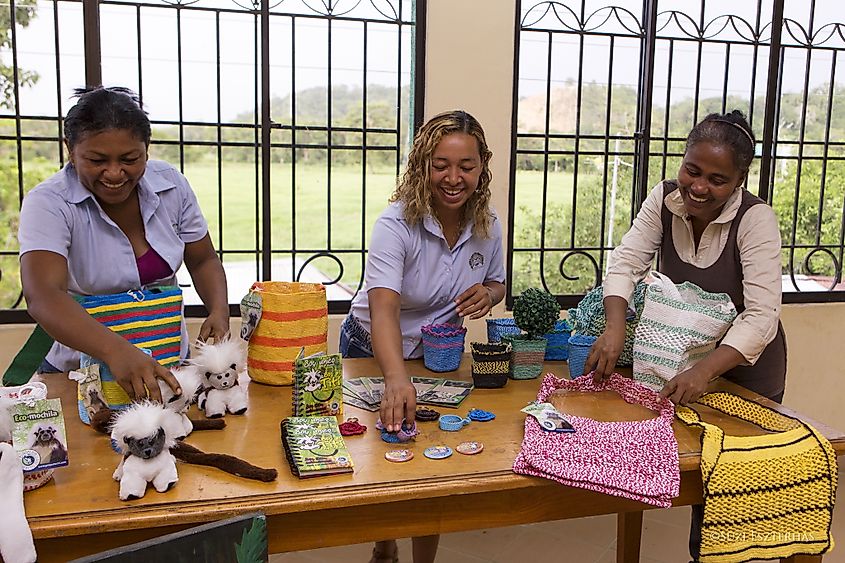
Thus, with her ingeniousness, Dr. Savage pioneered the development of new technologies to study the little-understood cotton top tamarins. Partnering with Telonics Inc., she helped devise a VHF telemetry transmitter and backpack style harness that was small enough to be attached to a cotton-top for tracking its movements without creating inconvenience to the animal. She even collaborated with other scientists to study reproductive hormones by developing techniques to collect, store, and analyze cotton-top tamarin fecal samples.
Dr. Savage also recruited and trained Colombian biologists, educators, and community advocates to champion cotton-top tamarin conservation activities. In partnership with Rosamira Guillen, she established the Colombian NGO Fundación Proyecto Tití. With Rosamira as the Executive Director of Fundación Proyecto Tití and leading the day to day operations of the NGO in Colombia, the team was able to expand their efforts to more areas and guarantee that the conservation of cotton-tops becomes embedded into the Colombian culture.
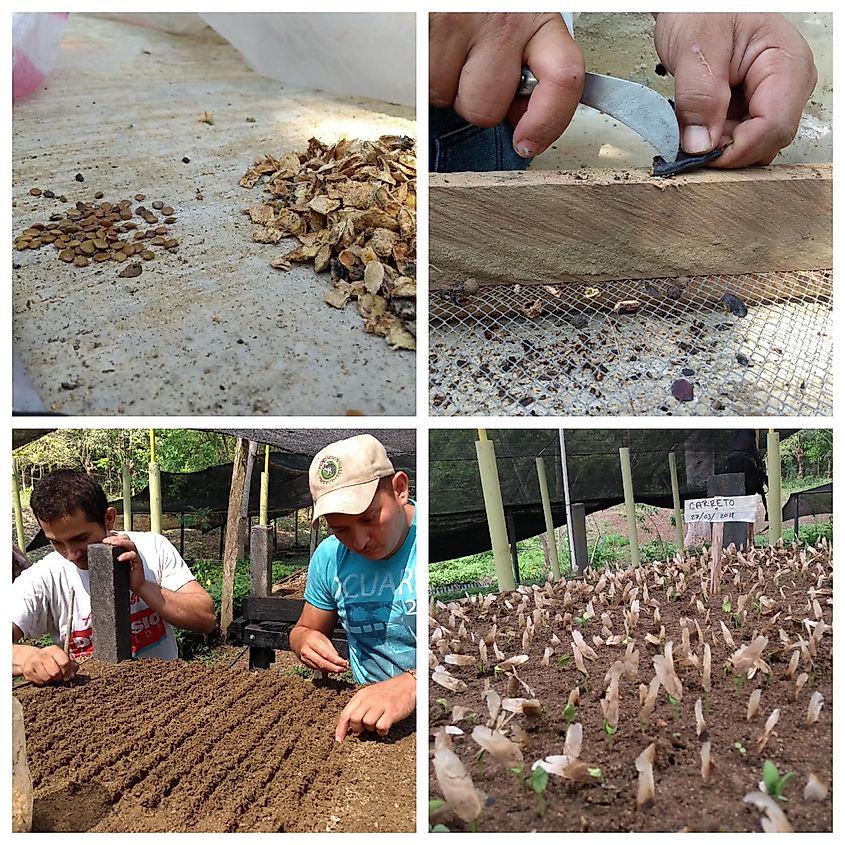
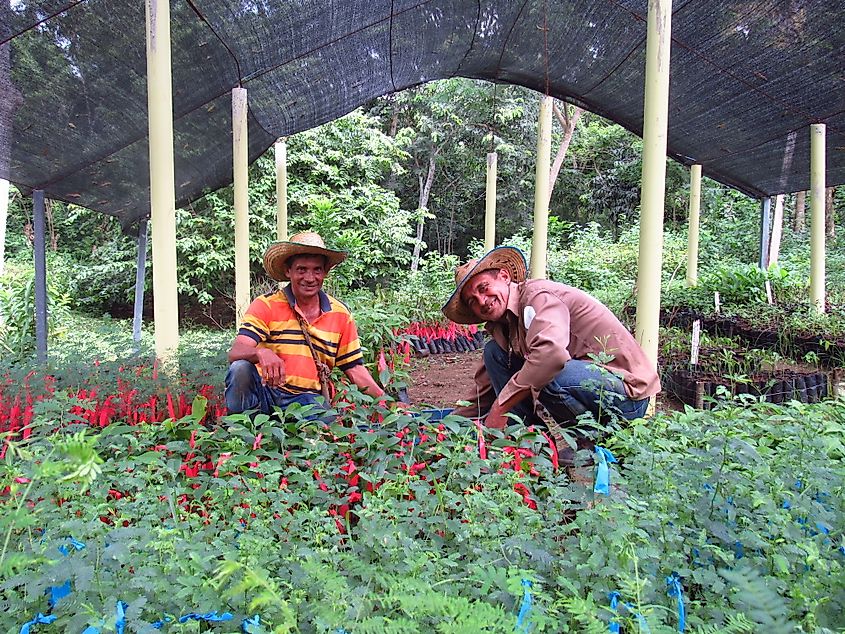
You helped IUCN mark the species as critically endangered. How did that happen?
The first thing was to perform a true estimate of the population of the cotton-tops. So, in partnership with Dr. Len Thomas from the University of St. Andrews, we developed the lure-strip transect method that was used to conduct a census of the cotton-top tamarin in Colombia. The results were very surprising and frightening! Only 7,500 individuals of the species remained in the wild. Fearing the worst, we petitioned IUCN to alter the status of the species from Endangered to Critically Endangered. Also concerned about the fast-disappearing cotton-tops, IUCN altered the species' status to the latter. In 2008, the cotton-top tamarin was placed on the unfortunate list of the world's "25 Most Endangered Primates."
How do you keep your team at Proyecto Tití motivated despite the humongous challenges?
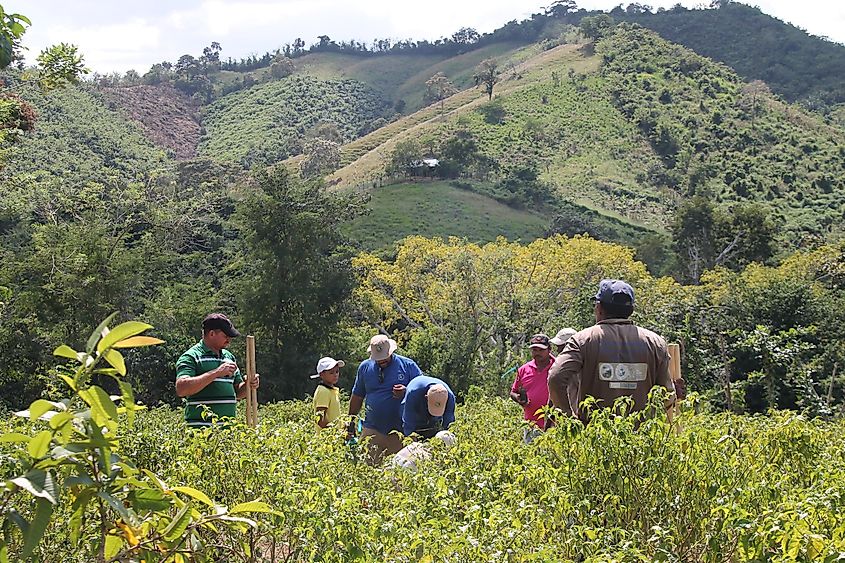
Challenges are a part of all conservation efforts. Currently, the greatest threat to cotton-top tamarins is the loss of their forest habitat due to human expansion into areas that were once tropical forests. Thus, we need to focus our work on promoting sustainable development and smart urban growth. We are fortunate to have an amazing team and an excellent leader with Rosamira, that strives hard to conserve the cotton-tops while engaging the local communities in the process. Every time we receive an award, a message from a visitor/donor, or see the impact we are having on communities, it gives us that little extra we need to just keep going!
How would you paint a picture of the cotton-top a decade from now?
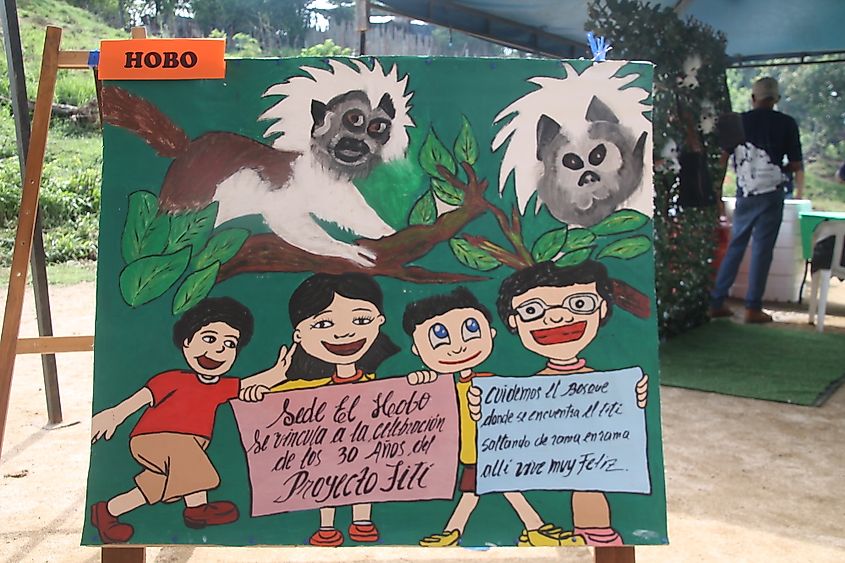
I can see a bright future for the cotton-tops, where communities proudly demonstrate their involvement in helping to conserve this monkey found only in Colombia. I hope there will be more protected forested areas and that our reforestation efforts have yielded more trees that are providing food and shelter for cotton-tops. Through our education and community programs, I hope to see new generations of local conservation activists taking the lead in championing efforts to protect natural resources. As awareness continues to grow in Colombia, I see the cotton-top tamarins as the national symbol for successful conservation efforts that benefit not only these amazing monkeys, but showing that people and nature can live together in harmony.
What is your message to the world as a voice of Colombia’s cotton-top tamarins?

Everyone can play a part in helping to protect cotton-tops where ever you may live. If you would like to visit Colombia and see how our work is having a positive impact on communities and cotton-tops, we would love to have you visit and meet a wild cotton-top tamarin by participating in our eco-adventures. You can also donate to Proyecto Tití and your contribution will aid in protecting these amazing primates. Interested in buying some unique gifts? By purchasing products from our artisans, you can help empower and support women-owned businesses that are positively impacting the environment. Curious about cotton-tops? You can learn more about cotton-tops and Proyecto Titi’s conservation efforts by following us on social media.











